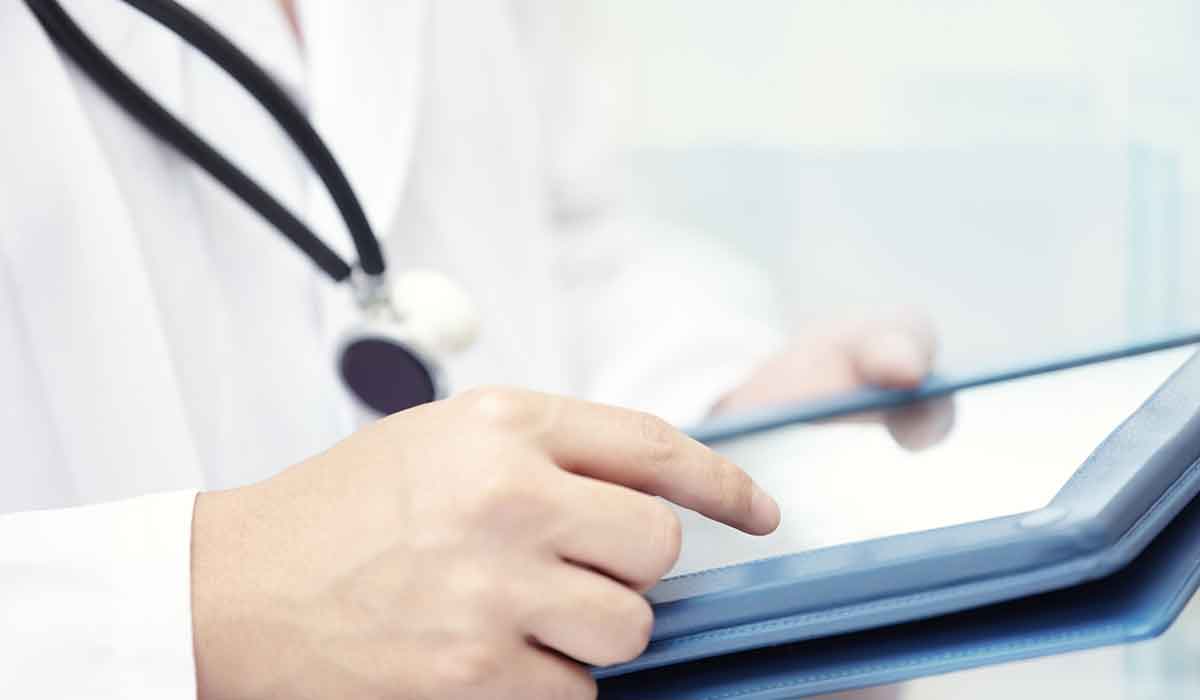Healthcare Data Presents Lucrative Target for Cyberattackers
Safety & Security, one of Tematica’s investment themes that probably has the most relevance in the headlines on a day-to-day basis. The theme essentially reflects the defensive posture we as a society have adopted as of late — one cause of which was the aftermath of the 9-11 Attacks 17 years ago — across all areas of our lives: homeland protection; protection of ourselves, our homes, and possessions; protection of corporate assets; and protection of data across all levels.
The reality when it comes to protection of data isn’t necessarily will happen, but when and how bad. This report from Marsh & McLennon points to just how bad it’s already gotten:
September 07, 2018 – The healthcare sector will remain one of the most targeted industries by cyberattackers because of its valuable healthcare data, judged a report published Sept. 6 by Marsh & McLennan Companies’ Global Risk Center.In fact, more than one-quarter of healthcare organizations reported they had been victims of a cyberattack. This is more than financial institutions (20 percent) and nearly twice the rate in the communications, media and technology sector (14 percent).The report’s data is taken from a survey of 1,312 senior executives conducted by Marsh in partnership with Microsoft.
See Full Report: Healthcare Data Presents Lucrative Target for Cyberattackers
On when end, hacking the files of a healthcare organization might not seem like a big deal — so what if a hacker knows I have elevated cholesterol or had stitches in my hand, right? Well in most cases, medical records also include the most valuable piece of data, social security numbers, along with billing addresses and your spouses’ name. In other words, all the critical pieces of data someone would need to steal your identity and go on quite a spending binge, or possibly even use your ID to use up all your healthcare benefits themselves.
And we haven’t even mentioned the most dire of situations, much of the medical equipment in hospitals and emergency rooms is becoming integrated with IoT technology, allowing for remote monitoring and sharing of data among medical professional. It’s a great thing; however, what happens with a cyber attack shuts down equipment in an emergency room during a terrorist attack?
These, for better or worse, are the things we think through and research with our Safety and Security investment theme and as we construct the Safety & Security Index.




